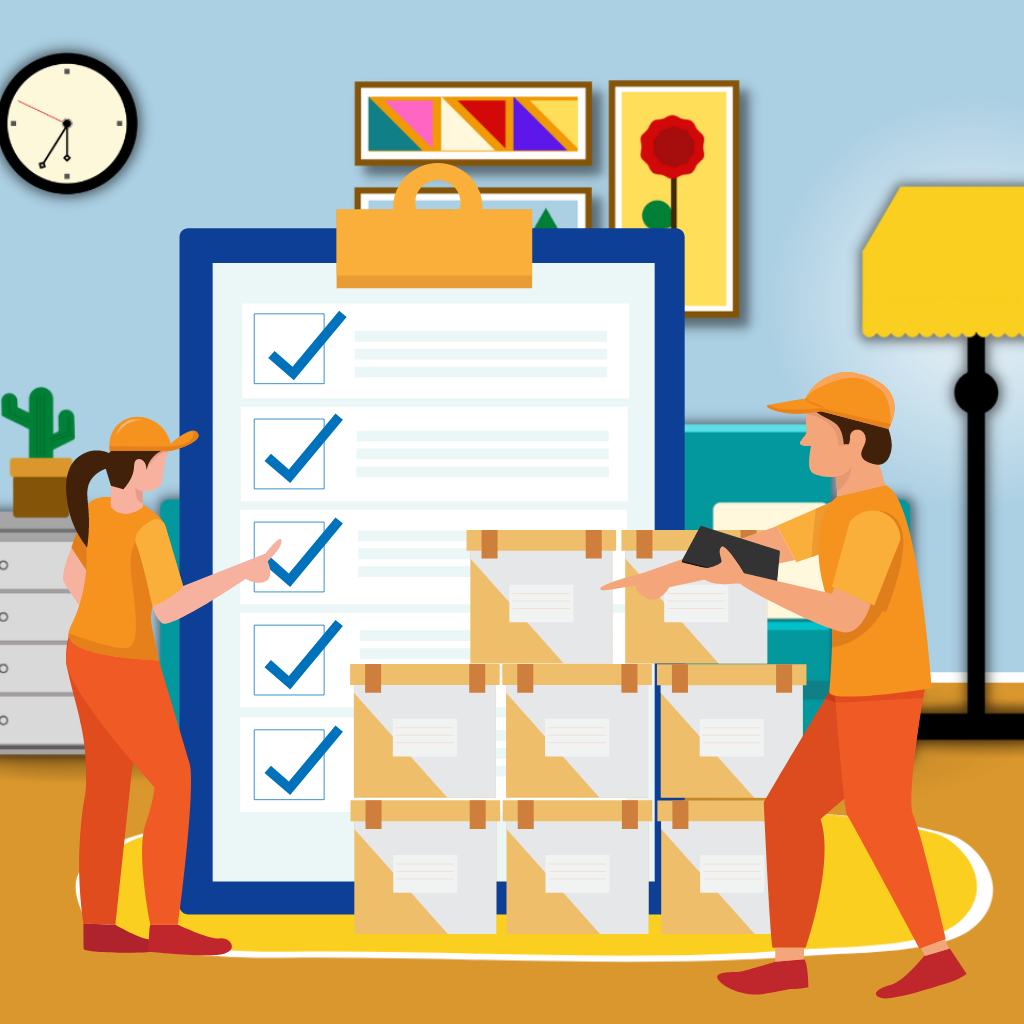The thrill of homeownership comes with a lot of not so thrilling responsibilities. Homeowners have to pay a monthly mortgage payment and property taxes, as well as take on the duties of yard maintenance and home repairs. Home improvement is another concern that has to be dealt with occasionally. And don’t forget homeowners insurance in the case of an unexpected event, it will protect your largest asset from damage and you from financial ruin.
Whether you’re a first-time homeowner or you’ve just moved into your fifth home, it’s a good idea to have an up-to-date home inventory. In the event of an emergency, would you be able to recall all of your possessions? Having an updated home inventory will give you one less thing to worry about if you ever need it. Moreover, there are several other benefits to keeping an accurate home inventory.
- Get your insurance claim settled faster because you don’t have to gather information.
- Your claim payment will be maximized because you won’t forget any of your belongings.
- You can easily verify losses for your income tax return.
- Highlight any gaps in your insurance so that you can confirm that you have the right amount of coverage.
Once your inventory is complete, call your insurance agent so that you can revisit your policy and update coverage if necessary.
How to Do a Home Inventory
A home inventory is a time-consuming procedure, but If you are just getting settled into your first home, it’s relatively simple. If you’ve been living in the same place for a number of years, accumulating possessions along the way, it may seem daunting. Either way, here are some tips to help you get through it in the least possible amount of time.
-
- Start in a contained area. Great places to get started are a small kitchen cabinet, a linen closet, or a small area with shoes or purses. This will help you get comfortable with the process.
- Include basic information. Describe each item separately. Note where it was purchased, make and model, price paid and any details that would be helpful in the event that you have to make a claim.
- Classify clothing by general category. For example, “5 winter coats, 15 cardigan sweaters, 20 golf shirts” Make a separate category for any items that are especially valuable.
- Record serial numbers of major appliances and electronics. Serial numbers are typically found on the back or bottom of major appliances and electronic equipment.
- Check coverage on big ticket items. Jewelry, art and other collectibles may need to be appraised to determine whether they’ve increased in value. Check with your agent to make sure you have adequate coverage for these items.
- Don’t forget off-site items. Belongings kept in self storage or other locations may also be protected under your homeowners coverage. Don’t neglect to include them in your inventory.
- Keep proof of value. Keep sales receipts, purchase contracts, and appraisals in a separate folder or envelope with your list.
- Don’t let yourself get overwhelmed. If your inventory starts to feel overwhelming, take a break. If you’re unable to finish it immediately, schedule some time to work on it every few days until it’s completed.
- Use technology. You can store all of this information in a mobile app. There are a variety of mobile apps that help you create and store a room-by-room record of your belongings. If you don’t want to use a mobile app, take pictures with your smartphone. Depending on the model, some have the capability to enter a description of the item when saving the photo.
-
- Pro Tip – There are a variety of home inventory apps to choose from. Do some research to find one that has the interface and features that you like best. Some apps to start your search with:
- Nest Egg, free to $3.99
- Sortly, free
- MyStuff Pro, $19
- Encircle, free
- Blue Plum, free
Keep Your Completed Home Inventory Up-to-Date and Safely Stored
Your home inventory is only useful when you can access it in case of fire, theft or other disaster. Keep it updated and backed up in a safe place.
- Add new purchases to your inventory. Make it a habit to add the item information and receipts to your inventory while the details are fresh in your mind.
- If you created your inventory on paper, keep a copy outside of your home. Keep it in a safe deposit box along with receipts and appraisals. A convenient way to make digital backup copies of your paper list is to take pictures of it on your smartphone.
- Backup digital files. Keep a copy on an external drive or online storage account.
- Understand your app. Be sure the information you input is backed up by the app developer and that you know how to access it in case of emergency.
Takeaway
Creating a home inventory can be a big job; but when and if disaster strikes (and we hope it never does), you’ll be prepared. Even if it takes you several days to complete and an occasional few hours to update, you’ll have peace of mind knowing that your belongings are protected and easily replaced because you have a complete home inventory.






